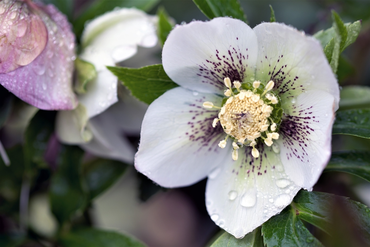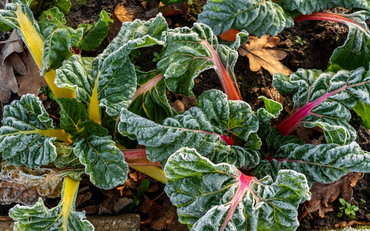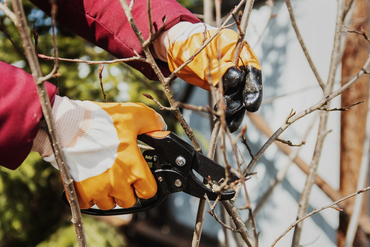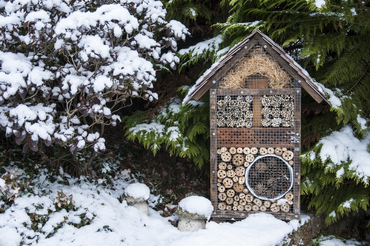Did you know the key to a radiant spring garden starts in Autumn? Autumn is the perfect time to plant those cheerful spring bloomers! Think of classics like tulips and daffodils, as well as lesser-known beauties like yellow winter aconites that brave the cold to flower early.
You can plant flower bulbs almost anywhere: tucked among perennials, scattered in the grass, or nestled in pots and containers on your balcony. Get ready to go wild with the wide assortment of spring bulbs available at Carpenters Nursery!
When and where to plant spring bulbs?
You can plant spring bulbs almost anywhere, as long as it's outdoors. They need a period of cold (or frost) to trigger blooming. You have a generous planting window, too; you can plant them as late as December, provided the ground isn't frozen solid.

Soil and Containers
-
Soil Drainage is Key: Always plant bulbs in well-draining soil. Bulbs will rot if they sit in overly moist or waterlogged conditions.
-
Pots and Containers: Small bulbs thrive in containers. To prevent rot in pots, ensure there are drainage holes at the bottom. Add a layer of pot shards or hydro granules at the base, and mix some sand into the potting soil to improve drainage.
Planting in the Lawn
Creating a natural look in your grass is easy with varieties like snowdrops, crocuses, daffodils, star hyacinths, and Oriental anemones (Anemone blanda).
-
Use a spade to lift a piece of sod, plant the bulbs beneath it, and then replace the sod, pressing it firmly back into place.
-
Mark the spot with a label or stick so you remember where you planted them.
-
Mow Carefully: In the spring, only mow the grass once the bulb foliage has completely withered and turned yellow, or simply mow around the patches of bulbs until then. The leaves must be left to feed the bulb for next year's bloom.
Sun or Shade?
Always check the label or ask a staff member at our garden center about your bulb's light preference.
-
Sun-lovers typically include tulips and daffodils.
-
Shade-preferring bulbs include bluebells and the edible wild garlic.
How to plant spring bulbs?
It’s best to plant bulbs, especially small ones, as soon as possible after purchase to prevent them from drying out.

- Depth is Key: The golden rule is to plant the bulb two to three times as deep as the bulb is tall.
- Which Way is Up? Plant the bulb with the tip pointing upwards. If the tip isn't clear, plant it on its side—the leaves and flowers will find their way up on their own.
- Spacing: Keep the spacing at about twice the bulb’s own width. Ensure no bulbs are touching each other, whether in the ground or in a pot.
- Natural Look: For a relaxed, naturalized effect, simply scatter the bulbs loosely over your desired planting area and plant them where they land. Just make sure they aren't touching.
The Lasagna Method for Pots

Combine multiple types in a single pot for prolonged blooms using the "lasagna method":
- Bottom Layer: Place the largest and latest-blooming varieties.
- Middle Layer: Add soil (mixed with sand) and plant the smaller, earlier-blooming bulbs.
- Top Layer: Finish with a layer of soil. You can plant winter pansies on top for immediate color!
- Tip: Keep the bulbs away from the pot edge so they don't freeze
Ongoing Bulb Care
To ensure your bulbs return year after year and benefit nature:
-
Deadheading: You can trim the faded flower heads, but never cut the leaves. The foliage needs time to wither completely, as this is how the bulbs draw energy to bloom again next spring.
-
Biodiversity: Early-blooming bulbs are an essential, early food source for insects, boosting your garden’s biodiversity!
-
Mowing the Lawn: If you planted bulbs in the grass, only mow the area once the bulb greenery has completely withered.
Come visit our St. Albans garden centre soon to pick up robust spring bulbs and start planting while the ground is still warm! Your radiant spring garden awaits.




